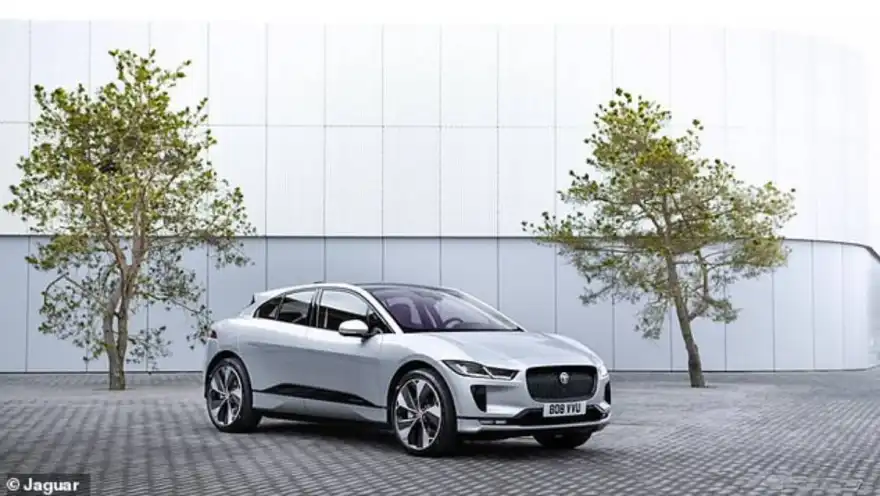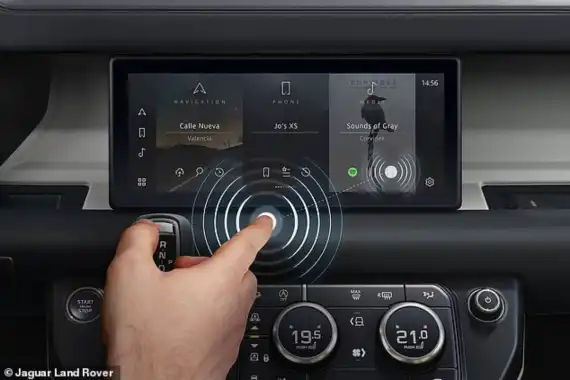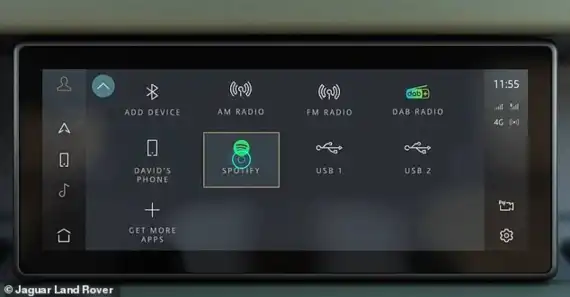
Jaguar Land Rover has created a contactless screen that lets you operate a car’s systems by gesture rather than touch to reduce the spread of infection in any post Covid-19 world, it said. The manufacturer also argued that it is quicker to operate than a traditional screen – so it is easier to keep your eyes on the road.
This ‘predictive touchscreen’ sits in the centre of the car’s dashboard and enables you to operate its satellite navigation, climate control, stereo, etc. However, rather than touch it you merely point at the buttons. As such – unlike a traditional touchscreen – there is less risk of touching bacteria and viruses left by other drivers. There is also less chance of depositing any.
Lee Skrypchuk, Human Machine Interface Technical Specialist at Jaguar Land Rover, summarised the issue. ‘As countries around the world exit lockdown, we notice how many everyday consumer transactions are conducted using touchscreens: railway or cinema tickets, ATMs, airport check-ins, supermarket self-service checkouts, and industrial and manufacturing applications’, he said.
‘Predictive touch technology eliminates the need to touch an interactive display and could therefore reduce the risk of spreading bacteria or viruses on surfaces’, Mr Skrypchuk explained.

More time looking at the road
Jaguar Land Rover also suggested that it can be tricky to physically touch a screen if the road is bumpy. That, of course, makes it harder to keep your eyes on the traffic. Also, the manufacturer said that ‘lab tests’ and ‘on-road trials’ show that contactless technology slashes the ‘interaction time’ by up to 50%.
‘The technology offers us the chance to make vehicles safer by reducing the cognitive load on drivers and increasing the amount of time they can spend focused on the road ahead’, Mr Skrypchuk added.

How predictive touchscreen works
Jaguar Land Rover summarised how its predictive touchscreen functions. ‘The technology uses artificial intelligence to determine the item the user intends to select’, it stated. But how?
Among other things, it relies on vision and radio frequency-based sensors that calculate what button you plan to use. It knows which one you are looking at, for example. Furthermore, it notes whether your finger is moving up or down, left or right, and/or in or out.
Contactless touchscreen likely to be popular
Jaguar Land Rover also explained why its contactless screen is likely to be popular once it has been integrated into production vehicles. ‘In the new normal once lockdowns around the world are lifted, a greater emphasis will be placed on safe, clean mobility where personal space and hygiene will carry premiums’, it revealed.




